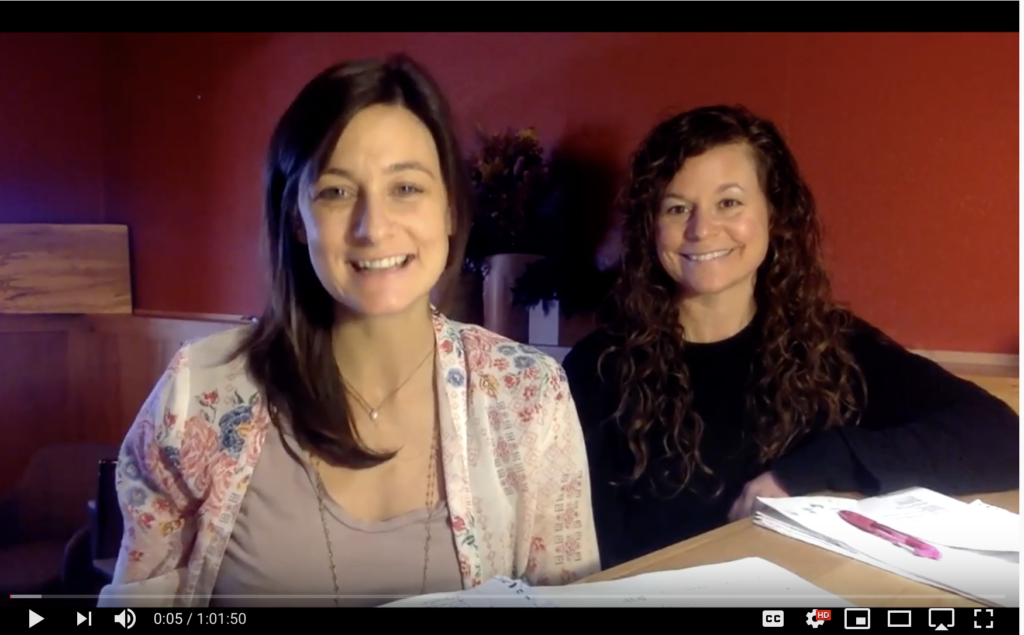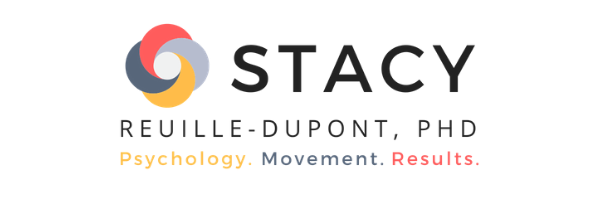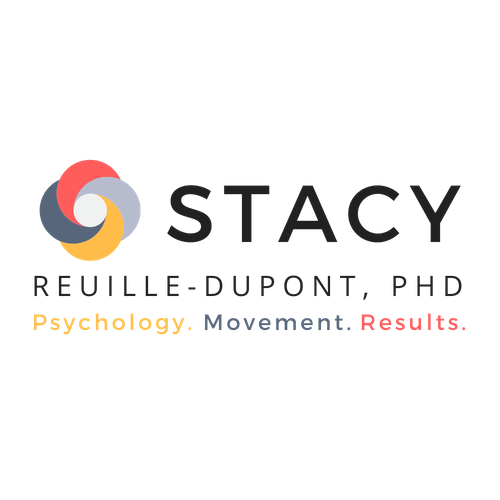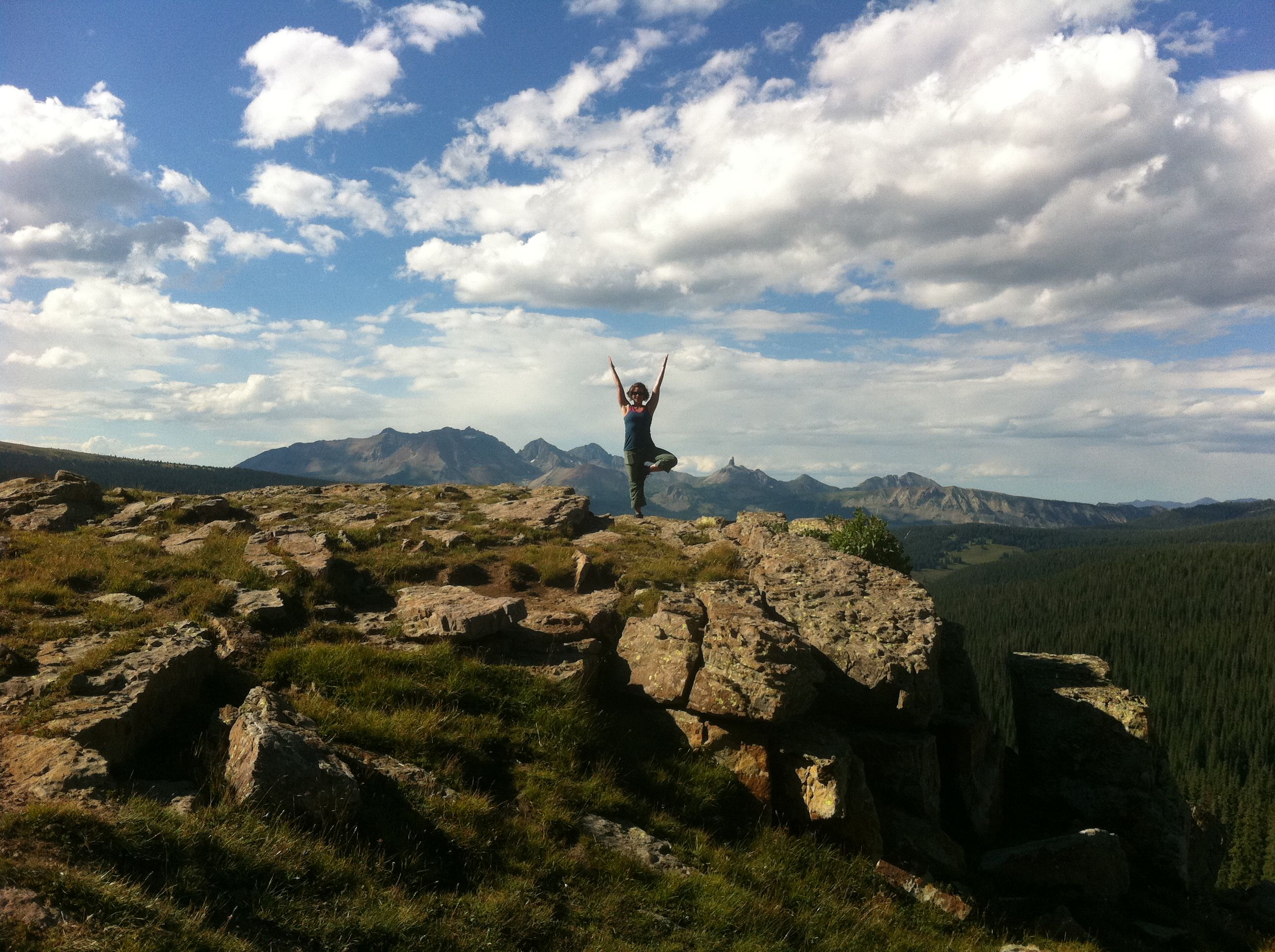Over the last year I have been diving back into yoga. It has been a long time since I looked at the ancient texts. Last year I chose to deepen my understanding of yoga philosophy. I re-read Light on Life, Light on Yoga, dove back into the sutra translations, and the Yoga Pradipika. In my world of somatic psychology the research on yoga is flowing. I attended the United States Body Psychotherapy Association conference in 2018 and attended a number of sessions on the interplay between yoga and psychotherapy. All this exploration brought me back to why I have never given up this practice.
Over the years I have been a yogini, a yoga teacher, a yoga enthusiast, and sometimes even considered quitting the practice for the newer shiner object in the group exercise world. But I never did. Sometimes I did not even know why I continued to practice. Sometimes it felt flat, other times energizing. I continued to pay attention. Then in early 2018, my friend and yoga teacher, Sarah Klein asked me to work with her on a project to explain the psychological overlays of the ancient yoga philosophies. The path was set and we began a journey into what is yoga and why does it work.
Although I think the answer to this question is vast, I do have a better understanding of why yoga works and why it works differently than other avenues of fitness. I began to look at yoga from the orientation of psychology. When I was 5 I asked my mom why people do what they do. She laughed and said because they do. I decided I would figure that out. I have found my yoga study to be similar. A big undertaking with so much possibility that determining exactly why becomes muddled. It gets lost. The concrete answers become less fascinating than all the interplays between possibilities. This is the marker of a great system. Something so simple, yet so vast at the same time.
As I continue to read, relate, and connect the dots between these two worlds I am amazed at the wisdom the ancient practitioners brought to the world. I find myself drawn to understanding Maya and Samskaras the most. No surprise as I address them both in my psychology practice everyday.
Maya is the lens we wear to view the world. As a psychologist I work to help people see that what they might think is not always reality. That they can change perception and shift emotional states for something more positive and suiting to them.
In yoga we come to the mat to explore these lenses. How do I talk to myself about my practice, my ability to maintain the pose, my role in the room with others? We overtly ask ourselves to challenge our belief patterns.
I see this work in other group exercise classes however the intention is different, the study much more narrow, and the focus shifted to aspects of being according to the class format. In yoga we turn the lens away from how many reps, sets, and weight lifted to the inner landscape of being. This self study helps shift our view of ourselves in the world and our view of the way the world is. Thus, we have an opportunity to engage differently. We can begin to create the world we want with clarity versus the world we were handed through culture, community, and limiting self beliefs. And it all happens through our embodied experience of being.
Samskaras are those things that get in our way. They are the experiences and slights we have experienced in our past. They hook us, trigger us, and keep us stuck in old ruts repeating patterns of being over and over. These little knots are caught in our nervous system. They are part of our learning that says “danger, don’t do that again”. However, if we honestly look at them, often they are outdated old messages about a particular situation and not the one we are living in now. With study and careful attention to our experiences we can release them and find new patterns to engage our lived experiences. Ones that are more healthy for us. Ones we want rather than what we got. To me, the study of these two focal points is critical to creating your life vision.
This is the message of yoga – it is all union and we are all one. Connected beyond what we can see yet individual in our experiences of self and others. This is the simplicity of yoga – we are all one. Yet the complexity of yoga – having an individual experience.
If you find this work interesting and want to join Sarah and I on a deeper study of The Integration of Yoga and Psychology, please do.
Deepen your own practice, help your students and clients deepen their experiences of self, others, and spirit too. We teach what we need, don’t we? And it somehow fits what others need as well.

The Integration of Yoga & Psychology. Wisdom Informs, Science Explains
6-Week Course. Plus, get 31 Yoga Alliance CEUs
If you are feeling like you need to deepen your own understanding of self in the therapy room, visit my practice website at www.stacyreuille.com





 Twitter
Twitter Facebook
Facebook Linkedin
Linkedin






